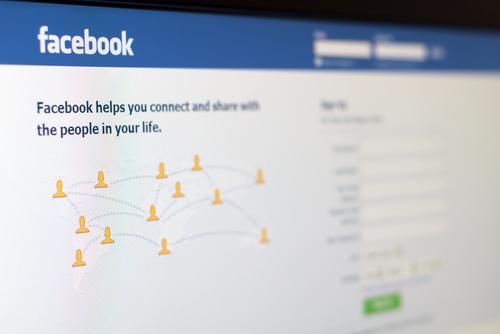The Power of Changing the Way You Think

What’s the Big Idea?
Are you in a rut? Instead of changing what you do, try changing how you think about it, says Roger Martin, a strategic advisor to global businesses and Dean of the Rotman School of Management. Watch:
In 2000, growth at Proctor & Gamble had slowed to almost zero, and the company was losing market share in seven of its 10 top brands. Ten years later, they’d managed to increase market share in nearly every one of those brands. “It wasn’t turning the organization completely upside down, bringing in lots of outsiders, making acquisitions,” says Martin. “It was changing some small, subtle things about the way the company reviewed its strategies, how it strove to work with people outside the company, how it thought about its customers.”
Proctor & Gamble has two types of customers: every day consumers, and trade customers (for example, Wal-Mart or Target). When Martin was working with the company, CEO A.G. Lafley “declared that there are two moments of truth. The first moment of truth is when you as a consumer are walking through a Target or a Krogers or a Walgreens and either pick a Proctor product off the shelf or not.” The second moment of truth occurs when customers actually use it.
What’s the Significance?
The problem, says Martin, is that historically, Procter & Gamble had focused primarily on the second “moment of truth,” without giving much consideration to getting products off the shelves. They had poured money into research and development, without taking into account how easy their products were to find (or how appealing they looked) on store shelves.
It was only when P&G employees began to reconsider their product from the point of view of the customer that a change was made. “They started understanding that there are a whole set of emotional, psychological needs. How does this make me feel? What kind of a person does this make me feel I am? So that they were appealing more holistically to the consumer as a whole…
Now notice, is that an ‘or?’ We either have to win at the first moment or the second moment of truth? No, it’s an ‘and’—we have to win at both of these moments of truth.”
Martin believes that the key to solving problems lies in your perspective just as much as your situation. If you see the world as a series of “tough choices,” when you’re confronted with a problem, you’ll probably make a decision based on the facts and move forward. If, on the other hand, you regard “everything [as] doable,” chances are, you’ll be willing to take risks and imagine new possibilities from scratch.





